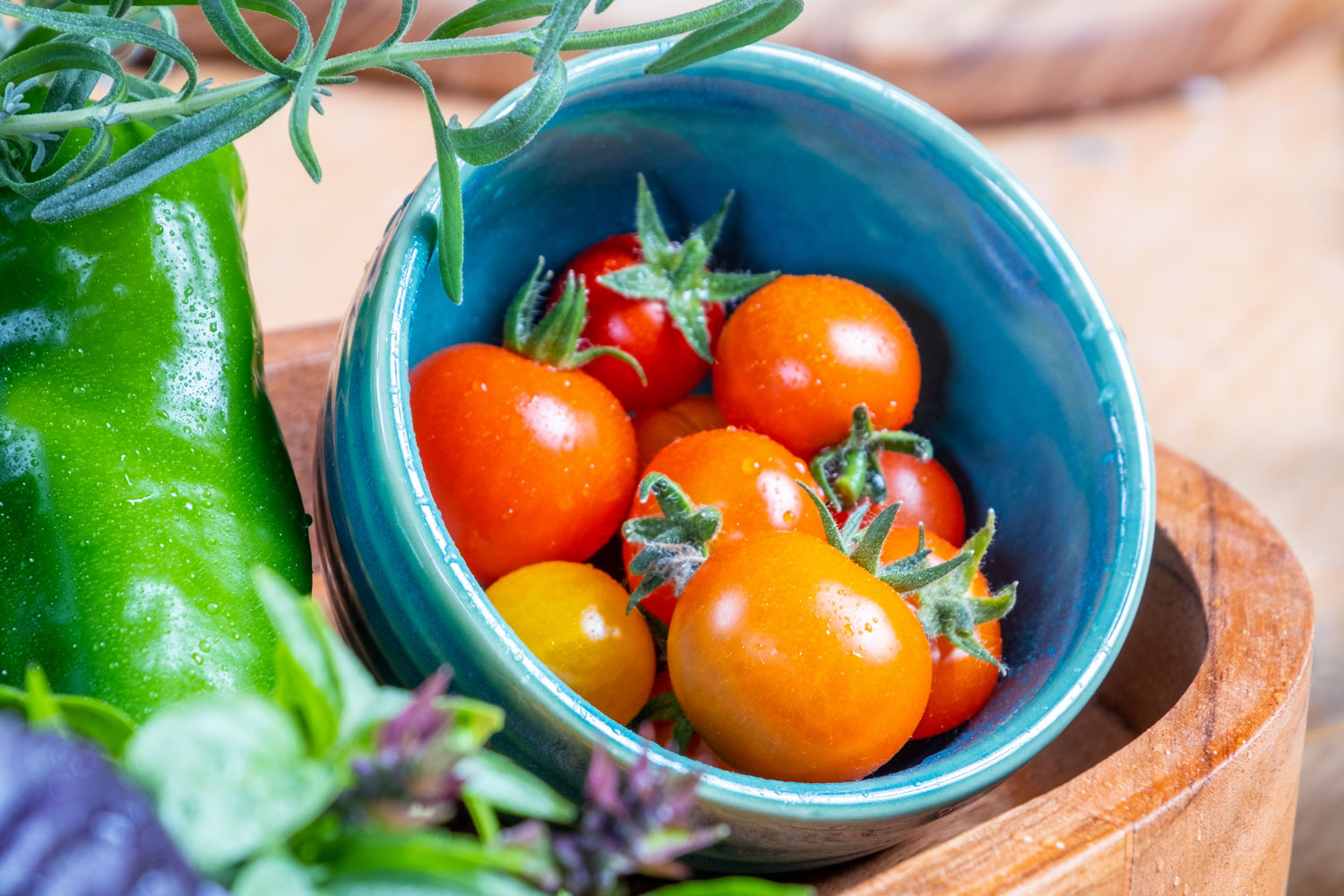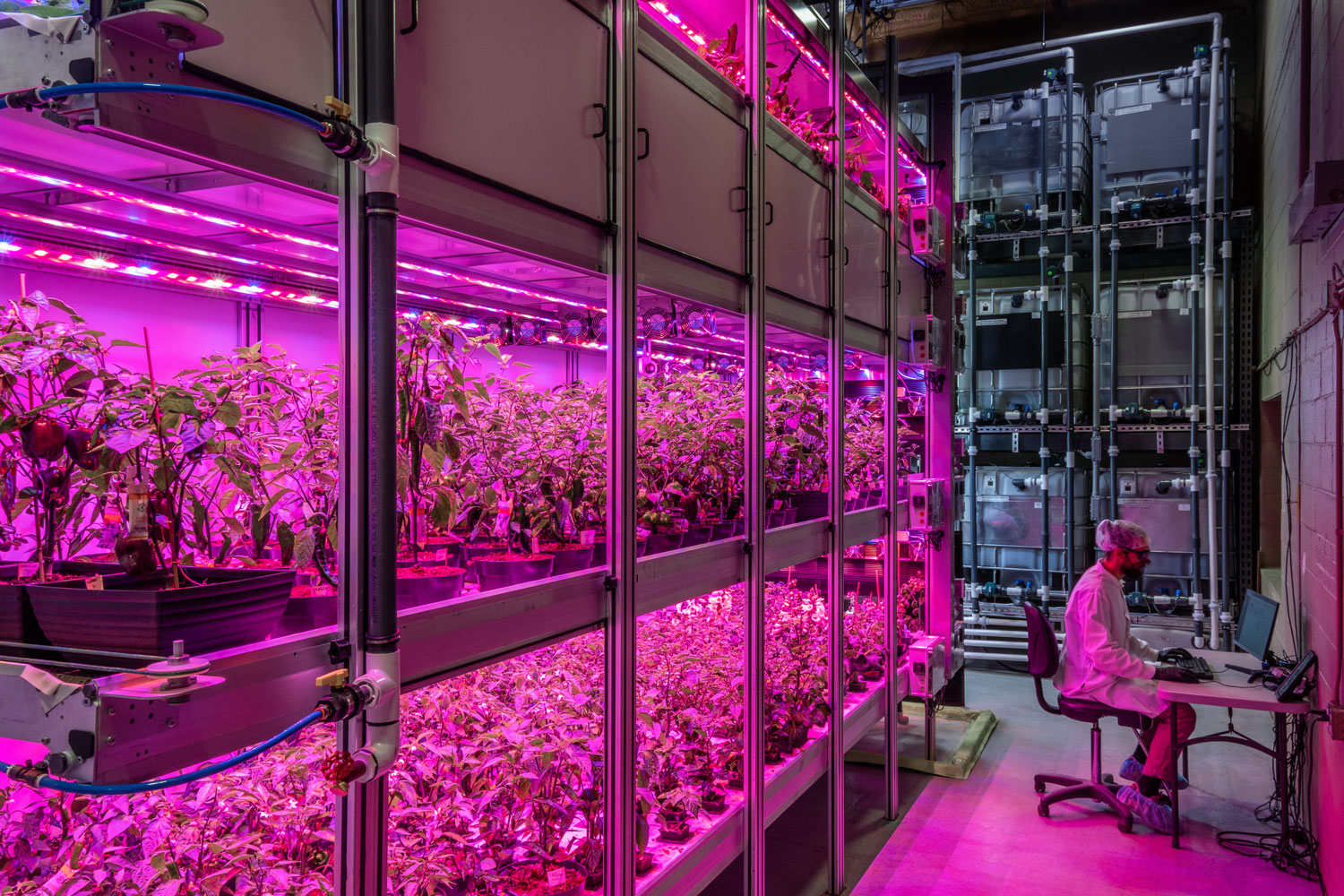FAQS
Farming Help centre
- About vertical farming
- About HRVST vertical farm technology
How is vertical farming different from traditional farming?
Vertical farming differs from traditional farming in countless ways. Among them:
- While the capacity of a traditional farm is limited to two dimensions, vertical farms are three-dimensional.
- Vertical farms do not require sun and use significantly less water.
- Vertical farms offer protection from supply chain disruptions such as those brought about by the coronavirus pandemic.
- Vertical farms reliably produce consistent produce all year long
How does vertical farming differ from greenhouse farming?
Vertical farming technology is rapidly gaining traction as an economically viable alternative to greenhouse technology. In some colder climates, year-round greenhouse production requires costly supplemental heating. In addition, vertical farming does not generate light pollution, an increasing challenge with abundant greenhouse operations.
Will vertical farming replace traditional farming?
The world still needs traditional, in-field farming. Vertical farming technology does not compete with traditional farming – and won’t any time soon. However, several factors are making traditional methods increasingly difficult and unpredictable, such as rising temperatures and more frequent droughts caused by climate change, and the reduced availability of fertile soil. The agriculture industry must adapt in order to meet these challenges.
Our aim is to add value and supplement traditional farming by creating a sustainable and economically viable way to increase food production and nourish our growing global population with fresh, healthy food.
How can vertical farming help increase food production?
The world’s population is expected to exceed 9 billion by 2050. By the same year, it is expected that two out of every three people will live in urban areas. Vertical agriculture will help expand agricultural operations and increase food production. Producing fresh greens and vegetables close to these growing urban populations will help meet growing global food demands sustainably by reducing distribution chains to reduce greenhouse gas emissions, providing higher-nutrient produce, and substantially reducing water usage and runoff.
Is vertical farming new?
Modern vertical farming is a relatively new technology. The technology has developed rapidly since the establishment of the first modern vertical farm in 2010, and HRVST is at the forefront of this exciting movement. Today, there are several hundred vertical farms operating in Asia, Europe and North America. The sophisticated technology of vertical farming offers a host of advantages, from product quality and consistency to reduced environmental impact. The global vertical farming market was valued at $2.23 billion USD in 2018, and is projected to reach $12.77 billion USD by 2026.
How is HRVST’s vertical farming technology different from other vertical farming systems?
In addition to our proprietary technology, refined over more than a decade, and our unparalleled service, HRVST offers a key advantage: we are able to create a specific micro-climate in every single row, even at night. This means growers can grow, manage and substitute an unlimited variety of plants, all under one roof.
What types of crops can HRVST technology grow?
HRVST technology can create ideal growing conditions for virtually any type of plant, including those that are more difficult to grow using traditional farming methods or greenhouse technology. Our hyper-controlled environment ensures consistent quality, which allows us to accommodate complex, high-value pharmaceutical plants as well as high-value vegetables, greens, fruits and flowers. We offer our customers the possibility to try out their chosen plants in our training and validation centres.
Can HRVST’s growing parameters be adjusted?
Absolutely. While HRVST allows growers to control more than 25 parameters from air flow to fertilizer, any of these can be adjusted at any time, eliminating the need to physically move crops.
Can HRVST systems be controlled remotely?
Absolutely. HRVST’s vertical farming systems comprise a simple but sophisticated Linux-based interface that allows growers to easily control production parameters remotely from any web-connected device, anywhere in the world.
Can HRVST vertical farms be combined with greenhouses?
Absolutely. In some climates, such as that of our home province of Quebec, year-round greenhouse production requires costly supplemental heating. This cost could be reduced if greenhouses could recover heat from an indoor farm’s LEDs. By combining indoor vertical farming with existing greenhouses, producers can maximize energy use, and have a nursery in which to start young plants in a controlled manner before the main growing season
Can HRVST vertical farming systems be used in rural areas?
Absolutely. HRVST vertical farming systems be used in any environment or geographic location, including both rural and urban settings
I want to take advantage of a grant for vertical farming. How can HRVST help?
HRVST can support entrepreneurs or investors in applying for and securing grants designed to increase use of vertical farming technology. Contact us to learn how.


